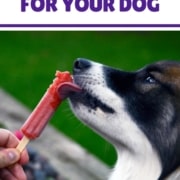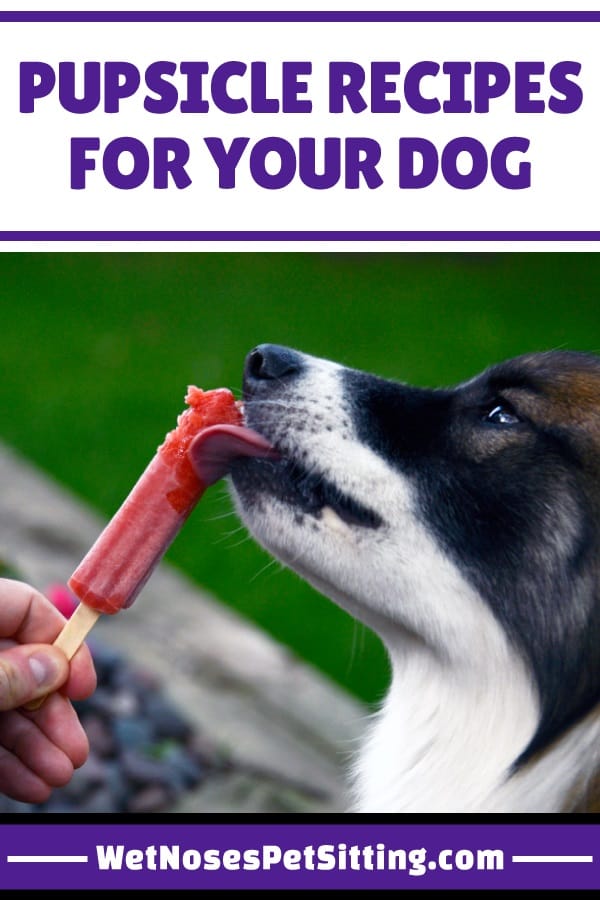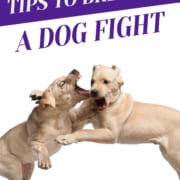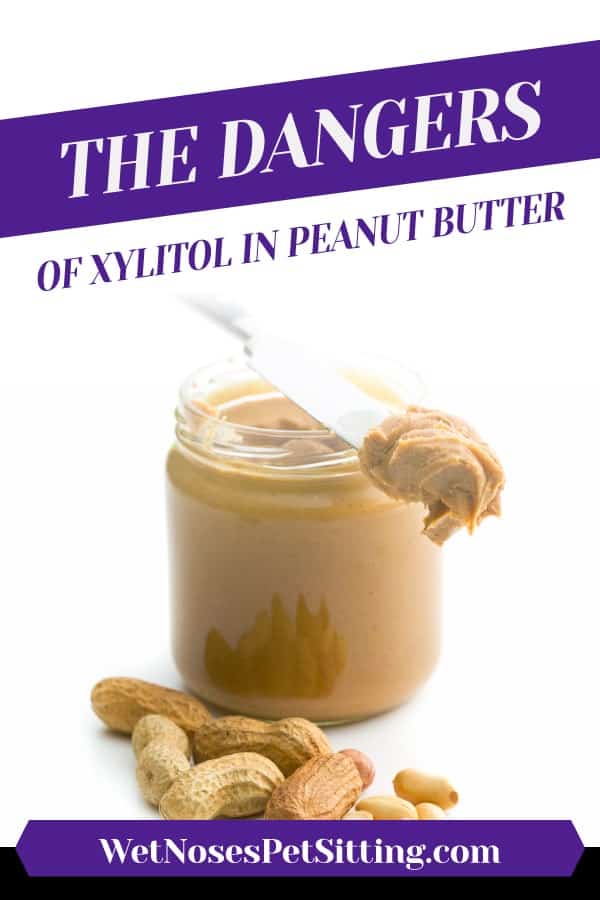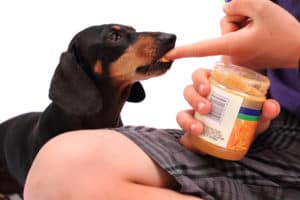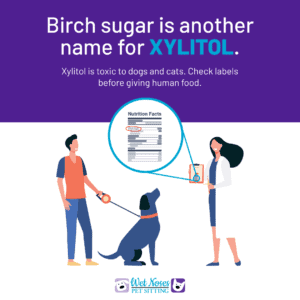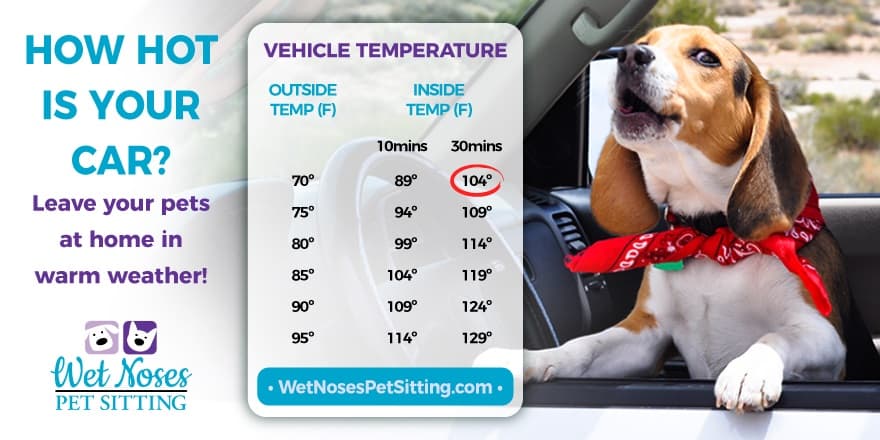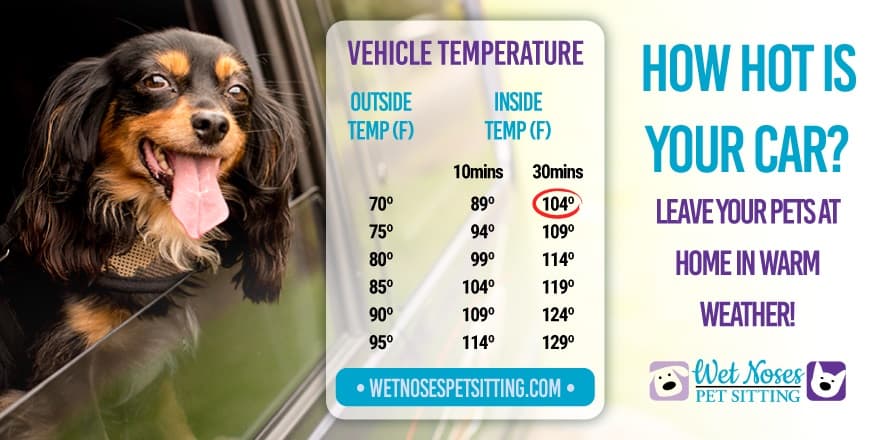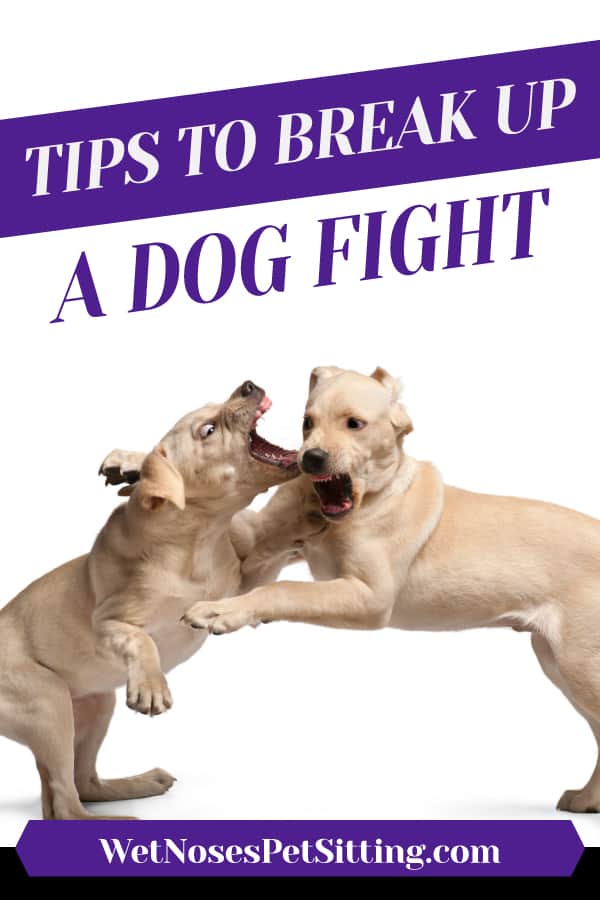
Recently, one of the scariest things that can happen to a dog owner happened to me: my dog got into a fight. This fight was quickly broken up, but I realized that few people know the safe way to break up a dog fight.
So what do you do to safely break up a fight between dogs?
Well first take a deep breath. Your nervousness will be sensed by the dogs and may rile them up more.
Also, do not try and grab your dog by the collar, he may turn around and bite you. Even the sweetest dog will bite their owner if they are in the middle of a fight.
There are a few methods you can use to break up a fight between dogs quickly and with the minimal amount of risk for yourself.

Distract the dogs from each other
This method relies on distracting your dog from the fight so that you can safely separate the dogs. You can do this with a loud noise, water, or something physical.
1. Noise
You can clap your hands or bang pots to startle the dogs, they usually will look up and freeze. Take this time separate the dogs. If you are concerned about fights happening while out on walks, carry a whistle.
2.Water
Most of use do not keep filled up water guns around, however wetting your dog is a great option to distract him from a fight. If you are seriously concerned about your dogs fighting in the house, keep a water gun around in case a dog fight breaks out. You can also use a hose or glass of water, if you have that available.
3. Physical
While the dogs are fighting do not try and grab or touch them with your hands, this really increases your risk of being bitten or hurt. The physical distraction method typically involves covering the dog’s head. The goal of this is that the dog becomes disoriented and stops fighting. This can really be anything, a blanket, shirt or other fabric, but most people use a towel. Just be sure to move quickly before the dogs can reorient themselves.
What to do after the fight has stopped
If the fight happens in your home
-Separate the dogs as much as possible and give them time to cool down.
-Check the dogs for wounds or injuries, and perform first aid or call the vet as needed.
-Think about why the fight began,was it over food, a toy or something else. Take steps to prevent the dogs from fighting over this in the future.
-After a fight between two dogs who live together, supervise interactions between the dogs until you can learn how to prevent them from fighting in the future.
The majority of fights between dogs who live with each other tend to be related to resource (food,toys or other things) guarding. An experienced dog trainer will be able to help you and your dogs with this issue and prevent future fights.
If the fight happens on a walk or in a park
-Put as much distance between your dog and the other dog as possible.
-Check the dogs for wounds or injuries, and perform first aid or call the vet as needed.
-Get contact information from the other dog’s owner and check that the other dog is current on shots.
Breaking up a dog fight can be very scary as a dog owner, however if done safely and quickly both you and your dog will remain safe.







